Cold Therapy Solutions: Targeting Migraines and Headaches with Localized Applications
Cold therapy, including ice packs, cryotherapy, and cold water immersion, effectively treats migrain…….
Cold Therapy for Migraines: A Comprehensive Analysis
Introduction
Migraine sufferers know the debilitating pain all too well, a condition that affects millions worldwide. Among the various therapeutic approaches to managing migraine pain, cold therapy stands out for its simplicity and effectiveness. This article delves into the science, application, and impact of cold therapy in migraine management. Readers will gain insights into how this modality can be integrated into treatment plans and the broader implications for those living with migraines.
Understanding Cold Therapy for Migraines
Cold therapy involves the use of cold packs or ice to alleviate pain and reduce inflammation. In the context of migraines, it is often applied to the head or neck during an acute attack. The mechanism behind its effectiveness is multifaceted, involving nerve desensitization, vasoconstriction, and the reduction of substance P—a neurotransmitter associated with pain. Cold therapy has been practiced for centuries, with its historical context rooted in traditional healing methods. Today, it is a recognized treatment option within the broader landscape of migraine management.
Global Impact and Trends
The impact of cold therapy for migraines transcends geographical boundaries. In regions such as North America and Europe, where migraines are prevalent, cold therapy has gained significant traction due to its non-invasive nature and availability. Emerging markets are also adopting this treatment, driven by increasing awareness and healthcare advancements. Trends indicate a growing interest in holistic and integrative treatments, aligning with the rise of cold therapy as part of a multifaceted migraine management strategy.
Economic Considerations
The economic implications of cold therapy for migraines are manifold. From a healthcare perspective, it represents a cost-effective treatment that can reduce reliance on pharmaceuticals and decrease associated healthcare costs. Market dynamics are influenced by consumer preferences for non-pharmacological options and the availability of innovative cooling technologies. Investment patterns in medical device companies reflect a growing interest in developing advanced cold therapy devices. These economic factors play a crucial role in shaping the accessibility and quality of cold therapy treatments globally.
Technological Advancements
Technological advancements have significantly enhanced cold therapy for migraines. The development of more efficient, wearable cooling devices has improved patient compliance and outcomes. These technologies include smart ice packs with regulated temperatures and battery life, as well as app-based monitoring systems to track treatment effectiveness. Future potential includes the integration of biofeedback and virtual reality to further personalize and optimize cold therapy experiences.
Policy and Regulation
The regulatory landscape for cold therapy devices is complex, with policies varying across nations. Key regulations ensure the safety, efficacy, and quality of these devices. Legislation such as the FDA’s 510(k) clearance process in the United States provides a framework for device approval, while European regulations focus on CE marking. These policies are critical in fostering innovation while protecting patient safety.
Challenges and Criticisms
Despite its benefits, cold therapy for migraines faces challenges, including skepticism about its effectiveness and variability in patient responses. A significant criticism is the lack of standardized protocols for application and duration, leading to inconsistent outcomes. To address these issues, there is a need for more robust clinical trials and consensus-based guidelines for healthcare providers. Education and awareness campaigns are also essential to improve understanding and proper usage among patients and practitioners.
Case Studies
Several case studies illustrate the successful application of cold therapy in migraine management. One such study follows a patient who, after years of pharmaceutical treatments with limited success, found significant relief through consistent use of cold therapy. Another case highlights a healthcare provider’s adoption of cold therapy as part of a holistic treatment plan, leading to improved patient satisfaction and outcomes. These examples underscore the potential of cold therapy when properly implemented.
Future Prospects
The future of cold therapy for migraines is promising. Potential growth areas include broader integration into clinical practice, development of new device technologies, and expanded research into its long-term efficacy. Emerging trends suggest a continued shift towards preventative care and patient-centered approaches, both of which align well with the principles of cold therapy. Strategic considerations for researchers, healthcare providers, and policymakers will be instrumental in realizing the full potential of this treatment modality.
Conclusion
Cold therapy for migraines represents a valuable tool in the management of this chronic condition. Its non-invasive nature, coupled with economic benefits and technological advancements, positions it as a key component in a comprehensive approach to care. As policy and research evolve, cold therapy stands to make a significant impact on the lives of migraine sufferers worldwide.
FAQ Section
What is cold therapy for migraines?
Cold therapy involves applying ice or cold packs to the head or neck during a migraine attack to reduce pain and inflammation.
How does cold therapy work for migraines?
Cold therapy works by constricting blood vessels, reducing nerve activity, and decreasing the release of certain chemicals related to pain.
Who can use cold therapy for migraines?
Individuals experiencing migraine headaches can use cold therapy, provided they do not have conditions that are contraindicated by cold application (e.g., Raynaud’s disease).
How long should cold therapy be used during a migraine attack?
Typically, cold therapy should be applied for 15-20 minutes per session, with sessions repeated every few hours as needed.
Are there any side effects to using cold therapy for migraines?
Side effects are generally minimal but may include skin irritation or frostbite if used improperly. Always follow the manufacturer’s instructions and consult a healthcare provider if you experience adverse effects.
Can cold therapy be combined with other migraine treatments?
Yes, cold therapy can be used in conjunction with medications and other therapeutic approaches as part of a comprehensive treatment plan.
Please note that the FAQs are based on current knowledge and practices, and individuals should consult healthcare professionals for personalized medical advice.
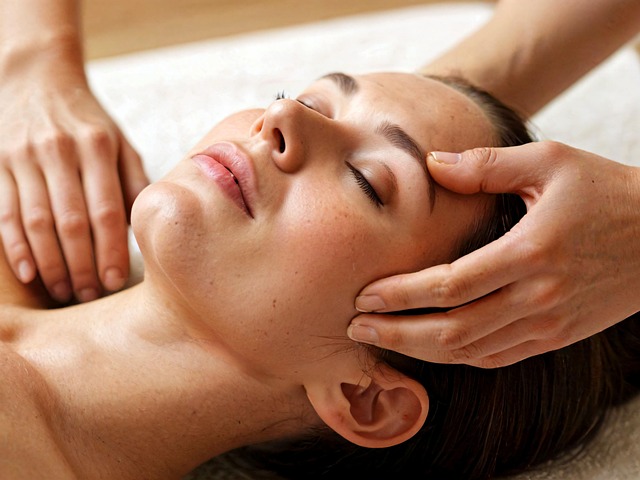
Cold therapy, including ice packs, cryotherapy, and cold water immersion, effectively treats migrain…….
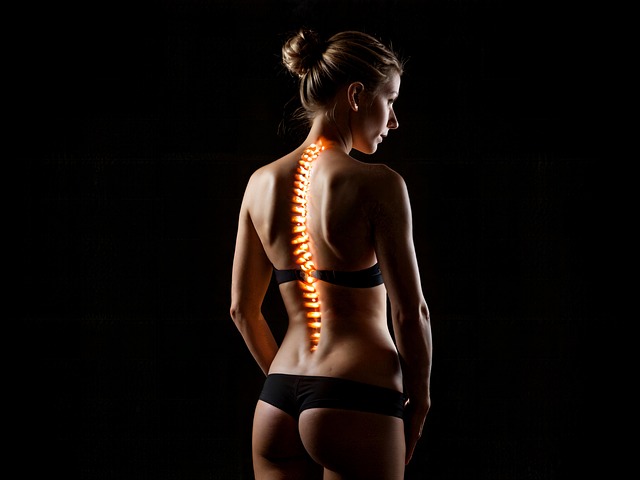
Cold therapy, including ice packs, cold compresses, and cryotherapies like cold water immersion, eff…….
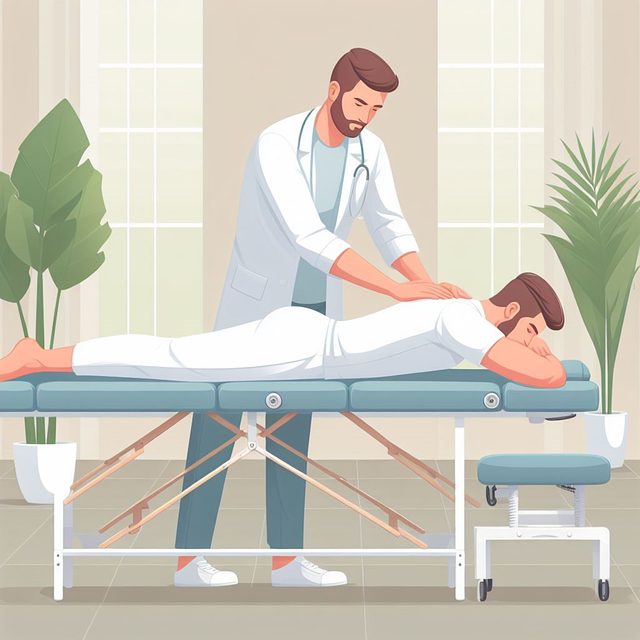
Cold therapy, including ice packs, cold showers, and cryotherapy, offers effective migraine relief b…….

Cold therapy, including ice packs, cryotherapy chambers, and cold water immersions, offers powerful…….
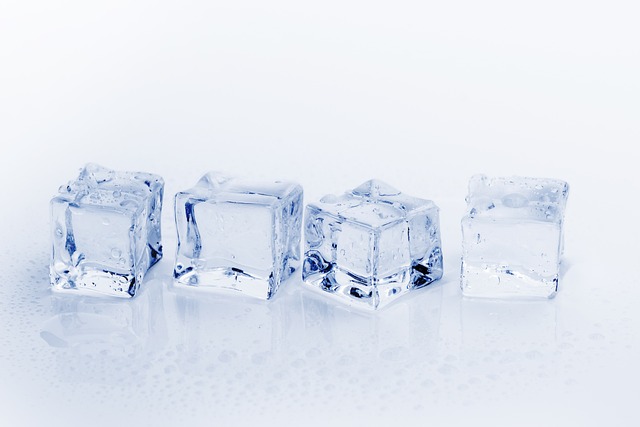
Cold therapy, including ice packs, cryotherapy, and cold water immersion, offers effective migraine…….

Cold therapy, using tools like ice packs and cold water immersion, effectively treats migraines by c…….
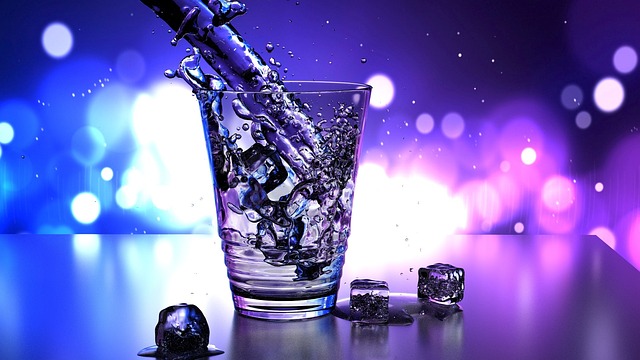
Migraines significantly impact daily life, but cold therapy offers natural and safe solutions. Techn…….
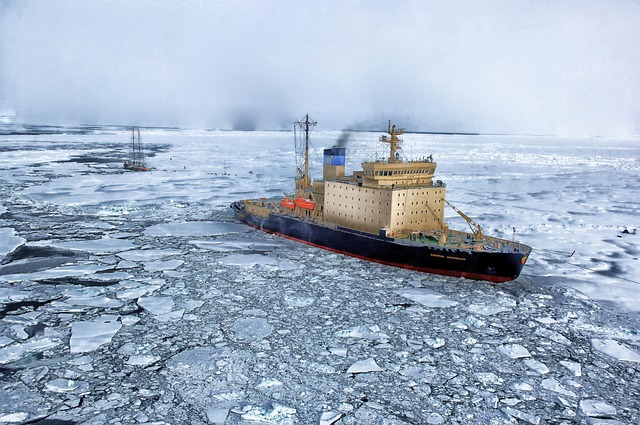
Cold therapy, including ice packs and advanced methods like cryotherapy and cold water immersion, ef…….
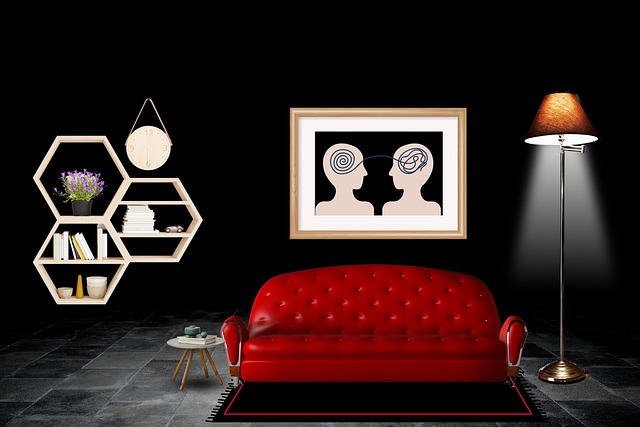
Migraine aura significantly impacts daily life due to unknown causes involving brain activity and bl…….

Cold therapy, including ice packs, cold water immersion, and cryotherapy, offers a natural, non-inva…….